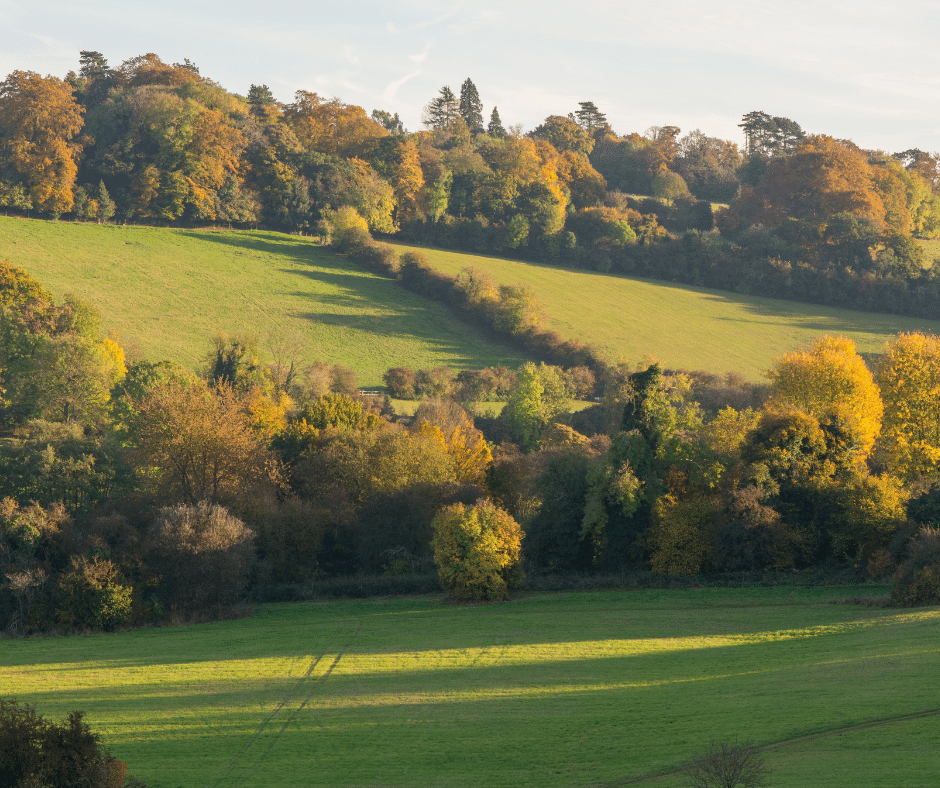Links to Publications
EPAP – https://www.gov.uk/government/publications/england-peat-action-plan
ETAP – https://www.gov.uk/government/publications/england-trees-action-plan-2021-to-2024
England Tree Strategy Consultation Analysis of Responses is already live at: https://www.gov.uk/government/consultations/developing-a-tree-strategy-for-england
Why Trees? Why Now?
- The world faces a grave challenge from the combined issues of climate change and biodiversity loss. Climate change has a profound effect on nature – the loss of biodiversity is not just linked to human activities and land use practices, but also the changing weather patterns we are experiencing.
- Restoring and expanding habitats will benefit wildlife. Nature in its turn can help us mitigate and adapt to climate change. Habitats such as woodlands can capture carbon and provide nature-based solutions that support flood management to pollination.
- Domestically grown trees provide a renewable resource that helps reduce our carbon footprint from imported timber and can reduce emissions by replacing carbon intensive materials such as steel and concrete in construction.
- Growing trees in the UK will create more green jobs in every corner of the country.
- Increasing the number of accessible woodlands and trees in and around cities provide opportunities for people to connect with and enjoy nature.
A long-term vision for trees, woodlands, and forests
The England Trees Action Plan sets out our long-term, generational vision for the sector: what it needs to deliver and how Government will help others deliver it.
- The plan sets out the measures we want to take over this Parliament and beyond to help meet the long-term vision and seize the opportunities that trees, woodland and forests provide to tackle the huge challenges we face as a country.
- The England Trees Action Plan is supported by over £500m of our £640m Nature for Climate Fund. This is the flagship programme that will fund tree planting, woodland creation and improvement, and peatland restoration over this parliament.
The vision:
At least treble tree planting rates to deliver improved biodiversity, climate, economic and societal benefits
England will have at least 12% woodland cover by mid-century, contributing to net zero greenhouse gas emissions. Both conifer and broadleaf woodlands will be managed for biodiversity and other environmental and societal benefits, along with providing a sustainable source of timber and other products.
Trees for nature recovery
All woodlands in England – whether broadleaf or conifer, managed for commercial or amenity value – will improve the environment., through proper design and management in line with UK Forestry Standards (UKFS). Our native woodlands play a particularly important role however in supporting biodiversity, having evolved together over thousands of years. Establishing more native broadleaf and mixed woodlands will therefore play an important role in contributing to the broader goals of the 25 Year Environment Plan.
Trees that can help us adapt to climate change
Trees will play an important role in helping us adapt to a warmer world: near rivers to help manage water quality, water temperature and flood risk and in our towns to provide shade helping to keep our cities cool. Woodlands will be better connected with each other, as well as with other priority habitats.
Healthy and resilient trees
Woodland management practices will have evolved to respond to the climate emergency, helping our trees and woodlands adapt. More trees will be sourced from UK nurseries, and all trees will be introduced in a way which is consistent with maintaining very high standards of biosecurity and biodiversity.
Trees that are integrated in every walk of life
Many more people will own and nurture trees in towns, cities and countryside as well as in woodlands. There will be more trees on farms, and estates, as well as on public land – in fields and hedgerows, small woodland copses and vast forests. Trees will be an essential part of towns, cities and countryside.
Improved national wellbeing through better access to trees and woodlands
More people will have access to trees and woodlands in their day-to-day lives. Trees and woodlands will play an important role in the provision of education and health services.
More jobs
A skilled workforce will plant and manage trees and woodlands. Trees, woodlands, forestry and arboriculture will be an important source of jobs and revenue across England, particularly in rural areas, helping to create secure livelihoods.
Queens Green Canopy
This announcement follows the recently launched Queen’s Green Canopy(QGC) – a unique, UK-wide tree planting initiative created to mark Her Majesty’s Platinum Jubilee in 2022, by inviting people to “Plant a Tree for the Jubilee.”



